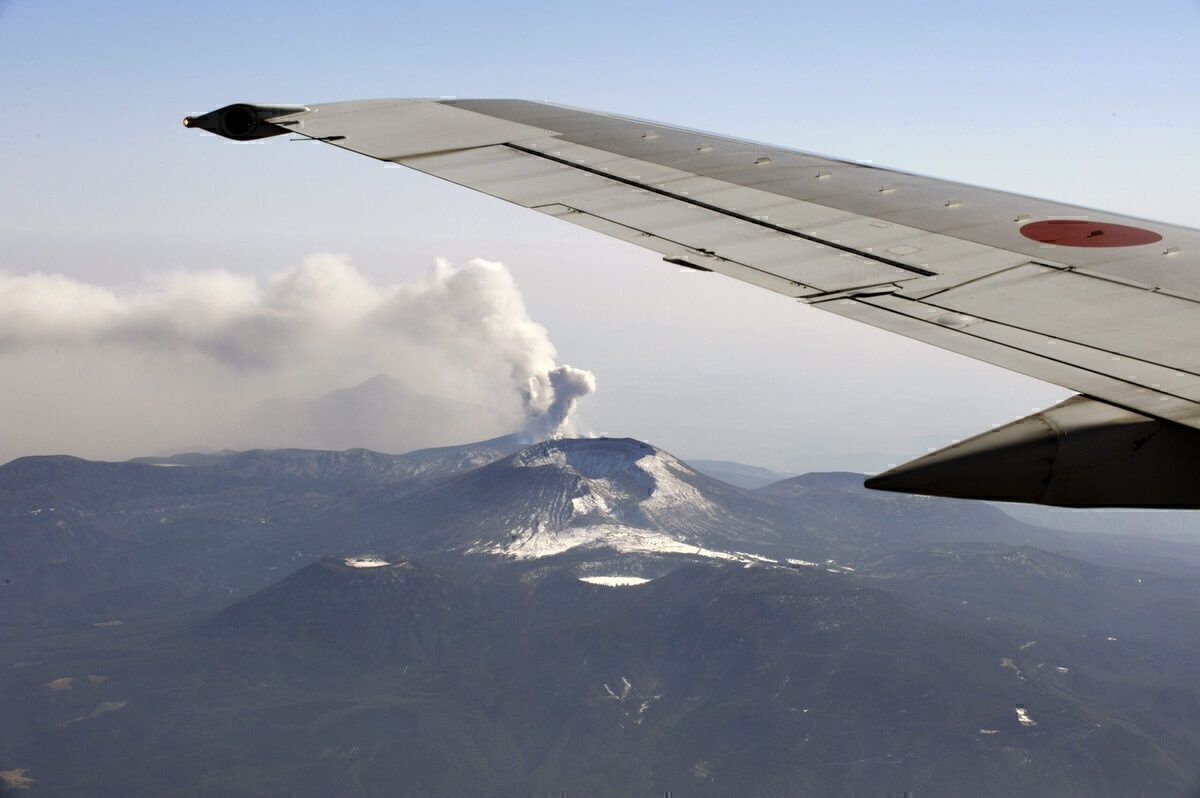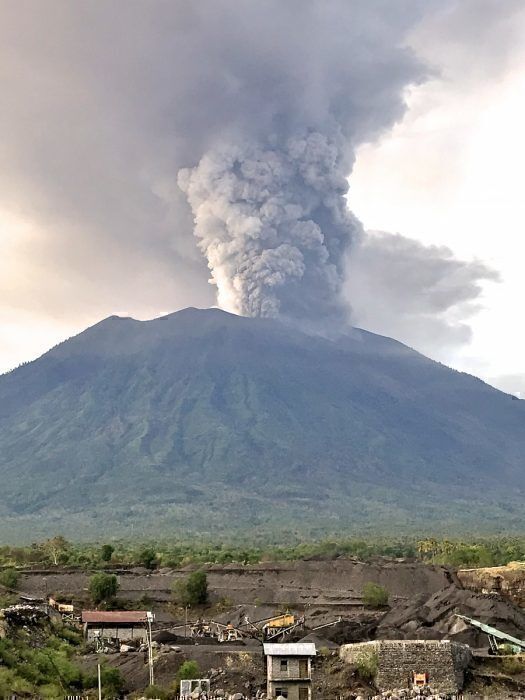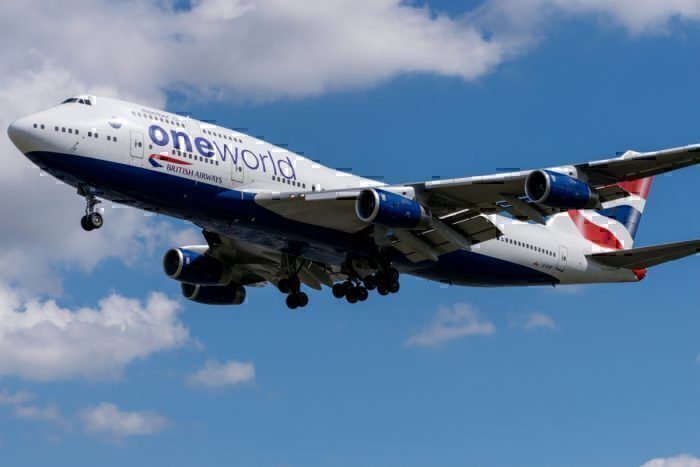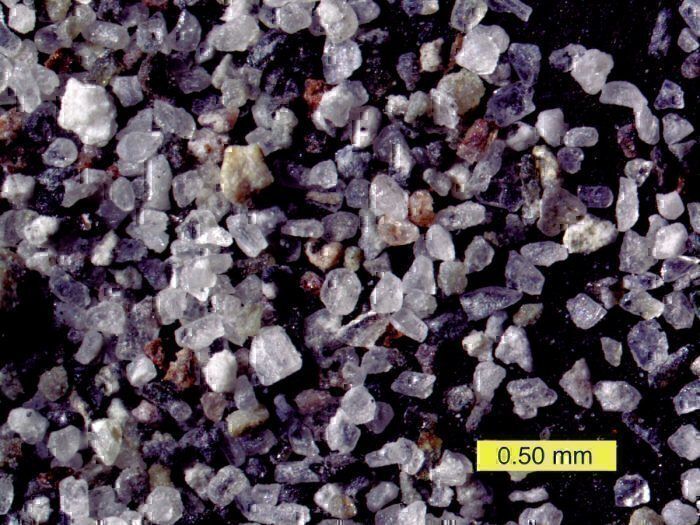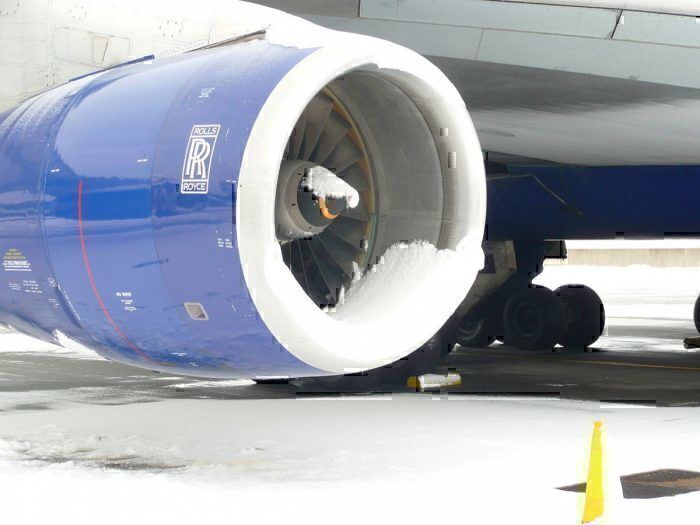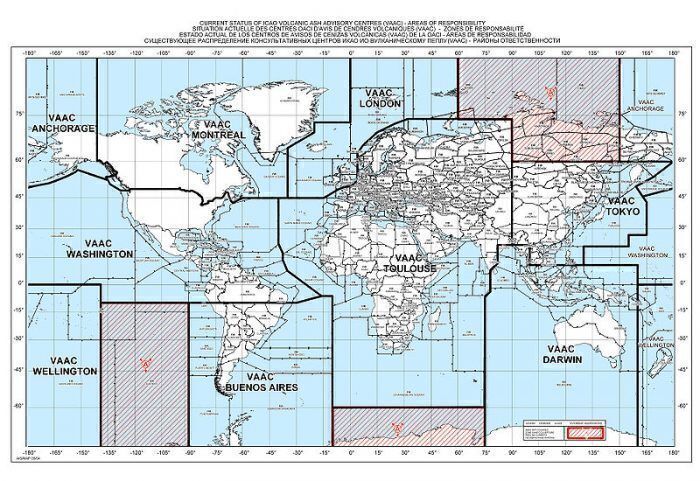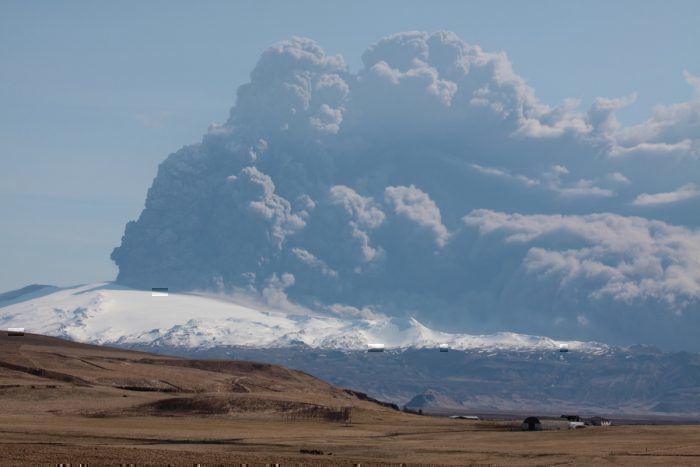There have been several cases in recent years of volcanic eruptions and ash clouds having significant and long-lasting effects on flights. Why does this happen, and why is it so difficult for aircraft to operate in these conditions? In this article, we take a look at why aircraft avoid volcanic ash, the damage it can cause, and how regulation has changed in recent years.
Disruption due to volcanoes
Recent years seem to have seen a number of cases of flight disruption due to volcanic activity. Many will remember Iceland’s Eyjafjallajökull eruption in 2010. This caused the closure of airspace across Europe and massive disruption to European and American flights over several weeks.
As one of the most disruptive eruptions in recent times, it has led to regulation and safety changes, as we will explain. Since then other volcanoes, in New Zeland and Indonesia, for example, have caused their share of problems too. And more recently, in January 2020, an eruption in the Philippines added issues for flights.
There have, fortunately, not been any aircraft losses directly as a result of volcanic ash (according to IATA). There have been several serious incidents though. One of the most notable involved a British Airways 747 flying through the ash cloud of an Indonesian volcano in 1982. The aircraft lost all four engines, but after descending managed to restart them and land safely in Jakarta.
Damage caused by volcanic ash
Volcanic eruptions often produce plumes of volcanic ash, and this is the danger to aircraft. Volcanic ash is made up of small particles of pulverized rock and glass. This is forced into the atmosphere through the volcanic explosion and then carried in winds for potentially large distances.
Volcanic ash is hard and rough and can cause damage to many parts of an aircraft. This could include damage to engines, turbocompressor blades or the cockpit windscreen. In itself, this is not necessarily a major safety risk (but is a significant maintenance and cost consideration).
The most serious risk is from ash melting in the engines. Ash can combine in the engine and stick together on blades or other parts. This is due to the low melting point of the glass elements of the ash, which is lower than engine operating temperatures. This molten ash can then freeze when it comes into contact with the cooled combustor and turbine components. This build-up can lead to an engine flame-out.
This is what happened to the British Airways 747 over Indonesia (and a few other flights since). They also lost almost all vision due to abrasion on the cockpit windscreen.
Ash could also potentially damage other structural parts of the airframe or the landing gear. And, as noted by the US Geological Survey, it could contaminate fuel, water systems or damage aircraft avionics.
Best to avoid completely
All in all, this is a lengthy and dangerous list or problems! That is why, until recently, aircraft have tried to entirely avoid flying through volcanic ash. Monitoring is difficult, as they do not show up on aircraft onboard weather systems and are not visible at all at night. The best indication is a glow around the exterior of the plane (known as ‘St Elmo’s fire’) caused by the static of the ash particles.
General guidance since the 1990s has been to avoid any area of volcanic ash, either identified through meteorological monitoring or visually by the crew.
Setting limits for volcanic ash
The Volcanic Ash Advisory Center was set up in 1991 to bring together aircraft and meteorological experts to better understand volcanic ash and its dangers. This came about after the British Airways 747 incident and several other similar ones. Prior to 2010, however, they had not set any specific limits, although monitoring of problem areas improved significantly.
The widespread and long-lasting disruption seen with the Icelandic eruption though changed this. It was clear that better guidance was needed, not just to alleviate the ongoing disruption but for future events as well. The total cost of the disruption was estimated by IATA (and reported by the BBC) to be $1.7 billion.
From May 2010, a safe upper limit of ash density has been set – at four mg of ash per cubic meter of air space. Anything above this is deemed possible to cause engine damage. Any airspace that exceeds this limit is prohibited (though implementation depends on individual regulators).
Lower level areas or potential drift areas can be designated as a ‘Time Limited Zone’ with short term restrictions similar to those used for severe weather. Airlines can enter these lower density zones, but only if they have previously registered certificates of compliance for their aircraft.
Have you been caught up in chaos due to an eruption? Let us know in the comments.

